Optical Fibre Communication
Datacenter and Cloud Computing
5G Wireless Infrastructures
ADAS
Vehicle Infotainment
Others
Clock Multiplier Unit
Lanes
Physical Coding Sub-Block
Stand-Alone SerDes
SerDes IP Core
Automotive
Consumer Electronics
Telecom & IT
Aerospace
Military and Defense
Manufacturing
Others
North America SerDes by ApplicationOptical Fibre Communication
Datacenter and Cloud Computing
5G Wireless Infrastructures
ADAS
Vehicle Infotainment
Others
North America SerDes by ComponentsClock Multiplier Unit
Lanes
Physical Coding Sub-Block
North America SerDes by ProductStand-Alone SerDes
SerDes IP Core
North America SerDes by IndustryAutomotive
Consumer Electronics
Telecom & IT
Aerospace
Military and Defense
Manufacturing
Others
US SerDes by ApplicationOptical Fibre Communication
Datacenter and Cloud Computing
5G Wireless Infrastructures
ADAS
Vehicle Infotainment
Others
US SerDes by ComponentsClock Multiplier Unit
Lanes
Physical Coding Sub-Block
US SerDes by ProductStand-Alone SerDes
SerDes IP Core
US SerDes by IndustryAutomotive
Consumer Electronics
Telecom & IT
Aerospace
Military and Defense
Manufacturing
Others
CANADA SerDes by ApplicationOptical Fibre Communication
Datacenter and Cloud Computing
5G Wireless Infrastructures
ADAS
Vehicle Infotainment
Others
CANADA SerDes by ComponentsClock Multiplier Unit
Lanes
Physical Coding Sub-Block
CANADA SerDes by ProductStand-Alone SerDes
SerDes IP Core
CANADA SerDes by IndustryAutomotive
Consumer Electronics
Telecom & IT
Aerospace
Military and Defense
Manufacturing
Others
Europe SerDes by ApplicationOptical Fibre Communication
Datacenter and Cloud Computing
5G Wireless Infrastructures
ADAS
Vehicle Infotainment
Others
Europe SerDes by ComponentsClock Multiplier Unit
Lanes
Physical Coding Sub-Block
Europe SerDes by ProductStand-Alone SerDes
SerDes IP Core
Europe SerDes by IndustryAutomotive
Consumer Electronics
Telecom & IT
Aerospace
Military and Defense
Manufacturing
Others
Germany SerDes by ApplicationOptical Fibre Communication
Datacenter and Cloud Computing
5G Wireless Infrastructures
ADAS
Vehicle Infotainment
Others
Germany SerDes by ComponentsClock Multiplier Unit
Lanes
Physical Coding Sub-Block
Germany SerDes by ProductStand-Alone SerDes
SerDes IP Core
Germany SerDes by IndustryAutomotive
Consumer Electronics
Telecom & IT
Aerospace
Military and Defense
Manufacturing
Others
France SerDes by ApplicationOptical Fibre Communication
Datacenter and Cloud Computing
5G Wireless Infrastructures
ADAS
Vehicle Infotainment
Others
France SerDes by ComponentsClock Multiplier Unit
Lanes
Physical Coding Sub-Block
France SerDes by ProductStand-Alone SerDes
SerDes IP Core
France SerDes by IndustryAutomotive
Consumer Electronics
Telecom & IT
Aerospace
Military and Defense
Manufacturing
Others
UK SerDes by ApplicationOptical Fibre Communication
Datacenter and Cloud Computing
5G Wireless Infrastructures
ADAS
Vehicle Infotainment
Others
UK SerDes by ComponentsClock Multiplier Unit
Lanes
Physical Coding Sub-Block
UK SerDes by ProductStand-Alone SerDes
SerDes IP Core
UK SerDes by IndustryAutomotive
Consumer Electronics
Telecom & IT
Aerospace
Military and Defense
Manufacturing
Others
ITALY SerDes by ApplicationOptical Fibre Communication
Datacenter and Cloud Computing
5G Wireless Infrastructures
ADAS
Vehicle Infotainment
Others
ITALY SerDes by ComponentsClock Multiplier Unit
Lanes
Physical Coding Sub-Block
ITALY SerDes by ProductStand-Alone SerDes
SerDes IP Core
ITALY SerDes by IndustryAutomotive
Consumer Electronics
Telecom & IT
Aerospace
Military and Defense
Manufacturing
Others
Spain SerDes by ApplicationOptical Fibre Communication
Datacenter and Cloud Computing
5G Wireless Infrastructures
ADAS
Vehicle Infotainment
Others
Spain SerDes by ComponentsClock Multiplier Unit
Lanes
Physical Coding Sub-Block
Spain SerDes by ProductStand-Alone SerDes
SerDes IP Core
Spain SerDes by IndustryAutomotive
Consumer Electronics
Telecom & IT
Aerospace
Military and Defense
Manufacturing
Others
Rest Of Europe SerDes by ApplicationOptical Fibre Communication
Datacenter and Cloud Computing
5G Wireless Infrastructures
ADAS
Vehicle Infotainment
Others
REST OF EUROPE SerDes by ComponentsClock Multiplier Unit
Lanes
Physical Coding Sub-Block
REST OF EUROPE SerDes by ProductStand-Alone SerDes
SerDes IP Core
REST OF EUROPE SerDes by IndustryAutomotive
Consumer Electronics
Telecom & IT
Aerospace
Military and Defense
Manufacturing
Others
Asia-Pacific SerDes by ApplicationOptical Fibre Communication
Datacenter and Cloud Computing
5G Wireless Infrastructures
ADAS
Vehicle Infotainment
Others
Asia-Pacific SerDes by ComponentsClock Multiplier Unit
Lanes
Physical Coding Sub-Block
Asia-Pacific SerDes by ProductStand-Alone SerDes
SerDes IP Core
Asia-Pacific SerDes by IndustryAutomotive
Consumer Electronics
Telecom & IT
Aerospace
Military and Defense
Manufacturing
Others
China SerDes by ApplicationOptical Fibre Communication
Datacenter and Cloud Computing
5G Wireless Infrastructures
ADAS
Vehicle Infotainment
Others
China SerDes by ComponentsClock Multiplier Unit
Lanes
Physical Coding Sub-Block
China SerDes by ProductStand-Alone SerDes
SerDes IP Core
China SerDes by IndustryAutomotive
Consumer Electronics
Telecom & IT
Aerospace
Military and Defense
Manufacturing
Others
Japan SerDes by ApplicationOptical Fibre Communication
Datacenter and Cloud Computing
5G Wireless Infrastructures
ADAS
Vehicle Infotainment
Others
Japan SerDes by ComponentsClock Multiplier Unit
Lanes
Physical Coding Sub-Block
Japan SerDes by ProductStand-Alone SerDes
SerDes IP Core
Japan SerDes by IndustryAutomotive
Consumer Electronics
Telecom & IT
Aerospace
Military and Defense
Manufacturing
Others
India SerDes by ApplicationOptical Fibre Communication
Datacenter and Cloud Computing
5G Wireless Infrastructures
ADAS
Vehicle Infotainment
Others
India SerDes by ComponentsClock Multiplier Unit
Lanes
Physical Coding Sub-Block
India SerDes by ProductStand-Alone SerDes
SerDes IP Core
India SerDes by IndustryAutomotive
Consumer Electronics
Telecom & IT
Aerospace
Military and Defense
Manufacturing
Others
Australia SerDes by ApplicationOptical Fibre Communication
Datacenter and Cloud Computing
5G Wireless Infrastructures
ADAS
Vehicle Infotainment
Others
Australia SerDes by ComponentsClock Multiplier Unit
Lanes
Physical Coding Sub-Block
Australia SerDes by ProductStand-Alone SerDes
SerDes IP Core
Australia SerDes by IndustryAutomotive
Consumer Electronics
Telecom & IT
Aerospace
Military and Defense
Manufacturing
Others
Rest of Asia-Pacific SerDes by ApplicationOptical Fibre Communication
Datacenter and Cloud Computing
5G Wireless Infrastructures
ADAS
Vehicle Infotainment
Others
Rest of Asia-Pacific SerDes by ComponentsClock Multiplier Unit
Lanes
Physical Coding Sub-Block
Rest of Asia-Pacific SerDes by ProductStand-Alone SerDes
SerDes IP Core
Rest of Asia-Pacific SerDes by IndustryAutomotive
Consumer Electronics
Telecom & IT
Aerospace
Military and Defense
Manufacturing
Others
Rest of the World SerDes by ApplicationOptical Fibre Communication
Datacenter and Cloud Computing
5G Wireless Infrastructures
ADAS
Vehicle Infotainment
Others
Rest of the World SerDes by ComponentsClock Multiplier Unit
Lanes
Physical Coding Sub-Block
Rest of the World SerDes by ProductStand-Alone SerDes
SerDes IP Core
Rest of the World SerDes by IndustryAutomotive
Consumer Electronics
Telecom & IT
Aerospace
Military and Defense
Manufacturing
Others
Middle East SerDes by ApplicationAnterior Interbody Fusion
Anterior SerDes
Posterior Fusion
Physical Coding Sub-Block
Middle East SerDes by ComponentsClock Multiplier Unit
Lanes
Physical Coding Sub-Block
Middle East SerDes by ProductStand-Alone SerDes
SerDes IP Core
Middle East SerDes by IndustryAutomotive
Consumer Electronics
Telecom & IT
Aerospace
Military and Defense
Manufacturing
Others
Africa SerDes by ApplicationAnterior Interbody Fusion
Anterior SerDes
Posterior Fusion
Physical Coding Sub-Block
Africa SerDes by ComponentsClock Multiplier Unit
Lanes
Physical Coding Sub-Block
Africa SerDes by ProductStand-Alone SerDes
SerDes IP Core
Africa SerDes by IndustryAutomotive
Consumer Electronics
Telecom & IT
Aerospace
Military and Defense
Manufacturing
Others
Latin America SerDes by ApplicationAnterior Interbody Fusion
Anterior SerDes
Posterior Fusion
Physical Coding Sub-Block
Latin America SerDes by ComponentsClock Multiplier Unit
Lanes
Physical Coding Sub-Block
Latin America SerDes by Product
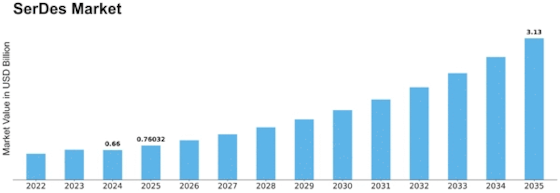
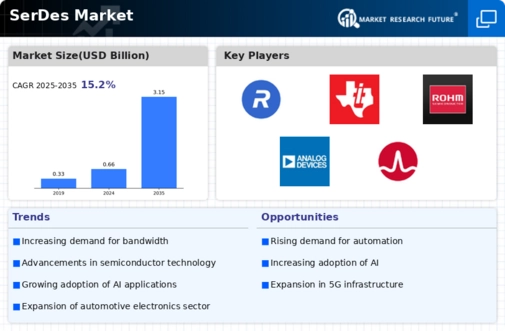
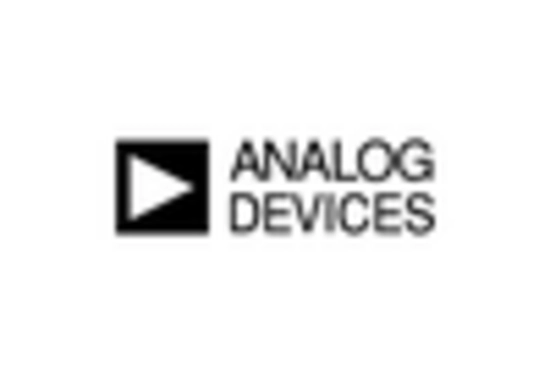
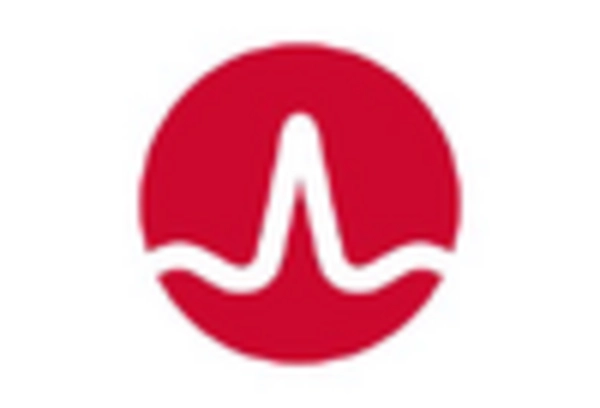
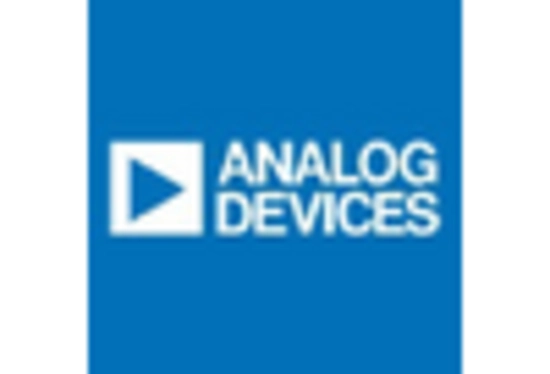


Leave a Comment